Introduction
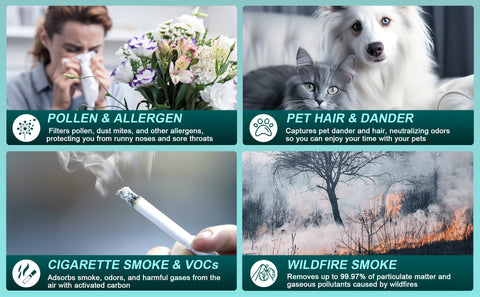
Wildfire season often blankets the air with smoke, posing a significant health risk to families indoors. Selecting and using air purifiers effectively becomes crucial during this time. This guide empowers you with practical steps to maximize the use of air purifiers and safeguard your family's health from the harmful effects of smoke pollution.
Choosing the Right Air Purifier
Family Needs & Space Coverage: Consider your family's size and the rooms needing purification. Choose an air purifier with a Clean Air Delivery Rate (CADR) that effectively covers the desired space. Higher CADR indicates better coverage for larger rooms.
Effective Filtration System: Ensure the chosen air purifier has a filtration system that effectively removes smoke particles and volatile organic compounds (VOCs) commonly present in wildfire smoke. HEPA filters are highly effective in capturing these harmful pollutants.
Optimizing Air Purifier Placement
Strategic Location: Place the air purifier in frequently used areas like bedrooms or living rooms, maximizing its effectiveness.
Unobstructed Airflow: Ensure the air intake and outlet of the purifier are not blocked for efficient air circulation and filtration.
Good Air Circulation: Choose a location with good air circulation to allow for optimal air movement through the purifier.
Following the User Manual
Read and Understand: Carefully review the user manual provided with your air purifier.
Operation Instructions: Familiarize yourself with the starting, setting up, and operating procedures.
Filter Replacement: Understand the recommended timeframe and method for filter replacement, ensuring optimal performance.
Cleaning and Maintenance: Learn the proper cleaning and maintenance procedures for different components of your air purifier.
Continuous Operation During Smoke Events
24/7 Filtration: During periods of heavy smoke, run the air purifier continuously for 24 hours if possible, ensuring consistent filtration of pollutants.
Energy Efficiency: If energy consumption is a concern, consider switching to silent mode at night or using a lower fan speed.
Regular Filter Replacement
Crucial Component: The filter is vital for optimal performance.
Monitor and Replace: Regularly check the filter status and replace it promptly based on the manufacturer's recommendations and usage conditions.
Pollution and Frequency: The filter lifespan may vary depending on the pollution level and usage frequency. Monitor the filter's condition and replace it promptly for efficient operation.
Maintaining a Clean Indoor Environment
Minimize Indoor Pollutants: Regularly clean surfaces, floors, and furniture to minimize dust and particle accumulation.
Reduce Indoor Smoke Sources: Avoid smoking indoors, minimize smoke generation during cooking, and refrain from using harsh chemical cleaners.
Conclusion
By following these practical steps, you can effectively utilize air purifiers to protect your family from the harmful effects of wildfire smoke. Choose the right purifier, position it strategically, follow the user manual, run it continuously during smoke events, replace filters regularly, and maintain a clean indoor environment. These measures, combined, ensure your air purifier functions optimally, safeguarding your family's health throughout wildfire season.

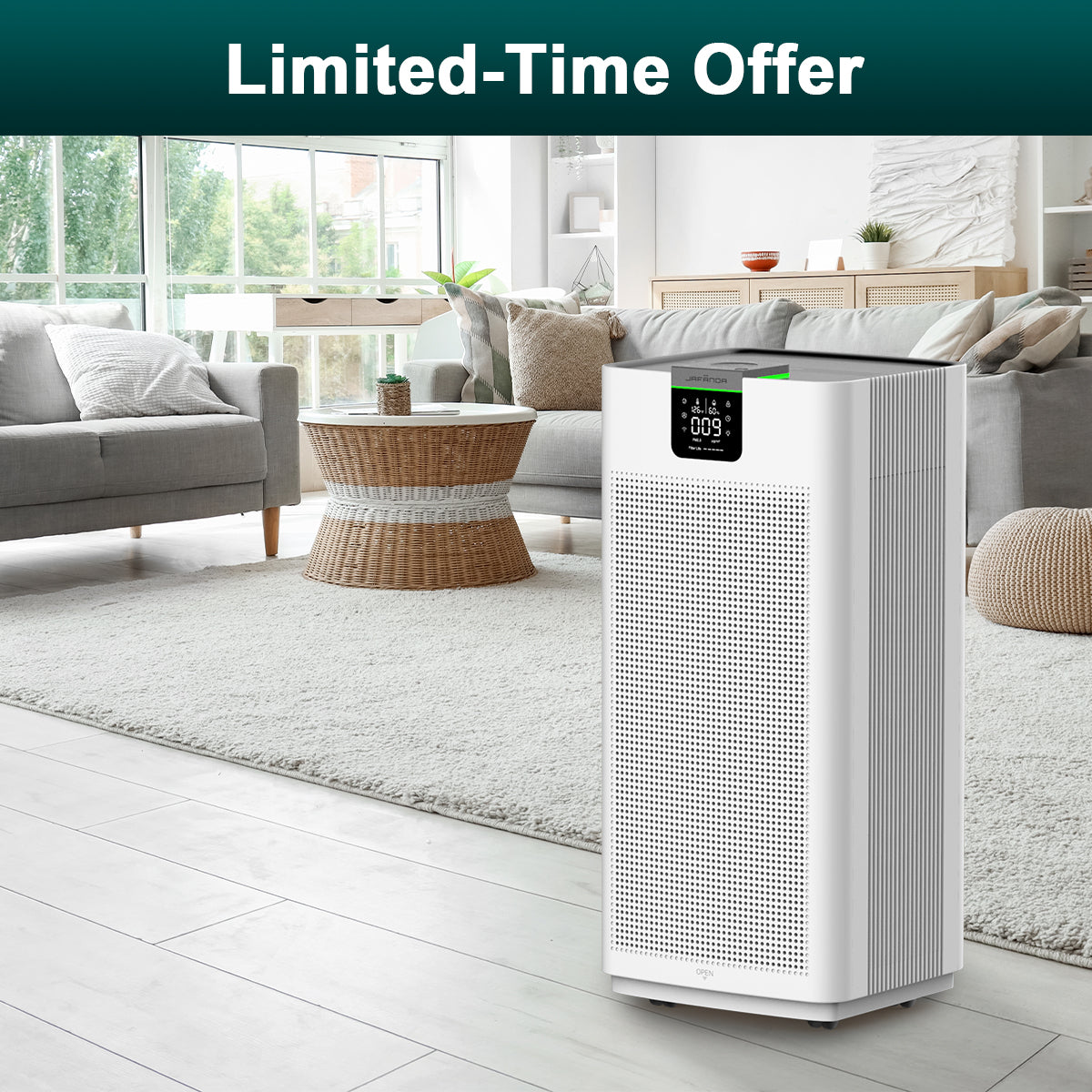
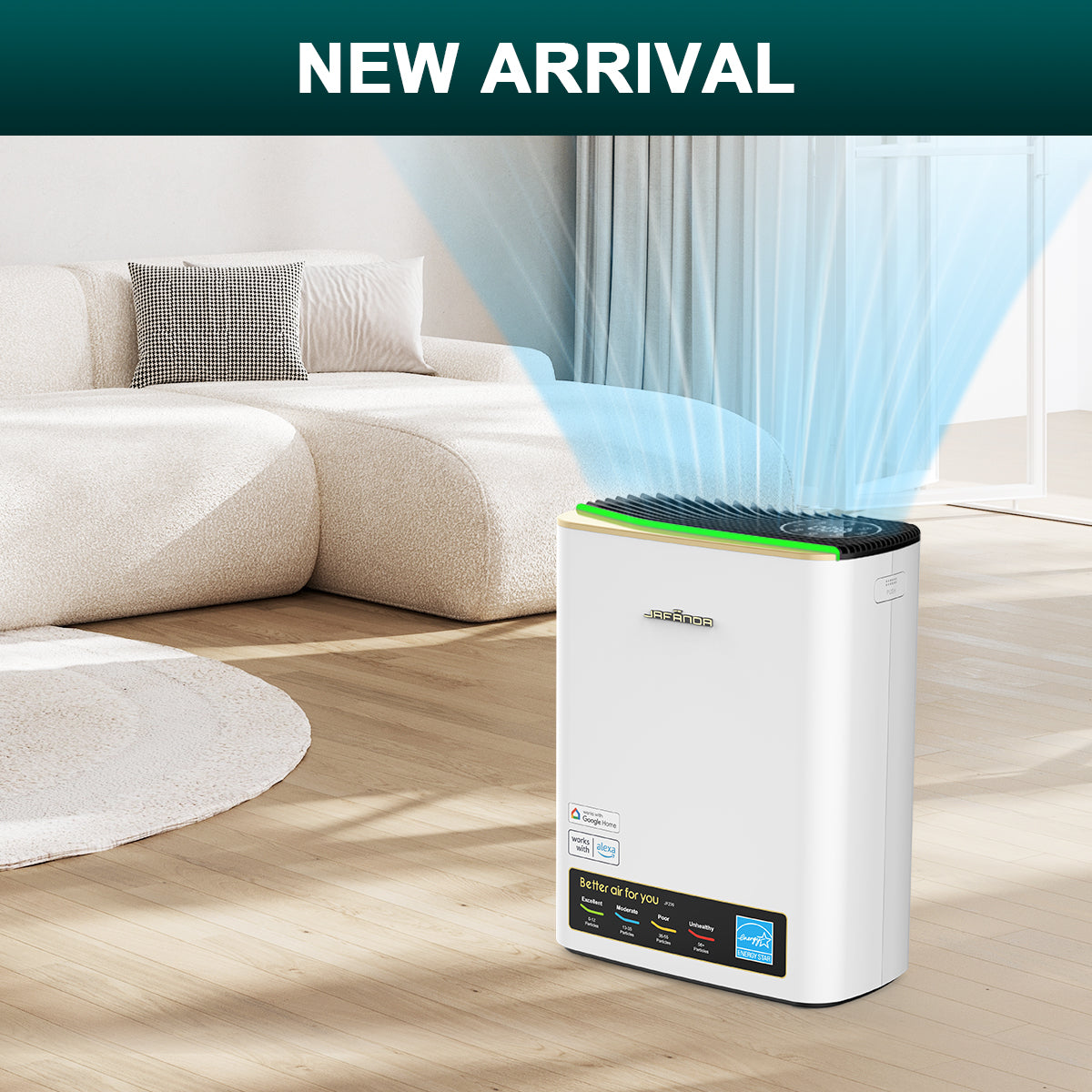

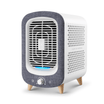
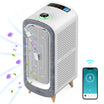
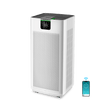
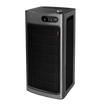
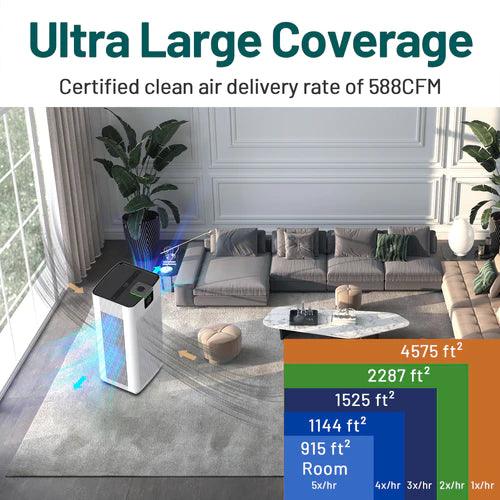
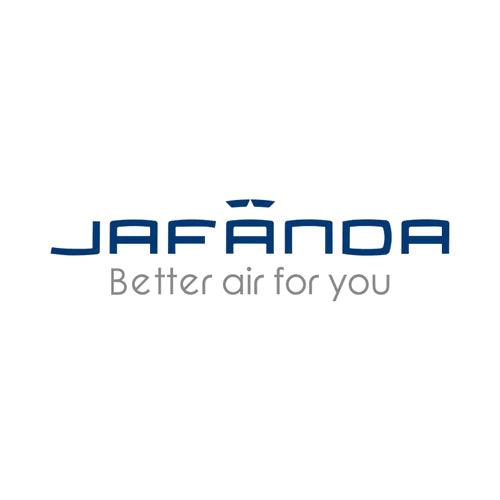
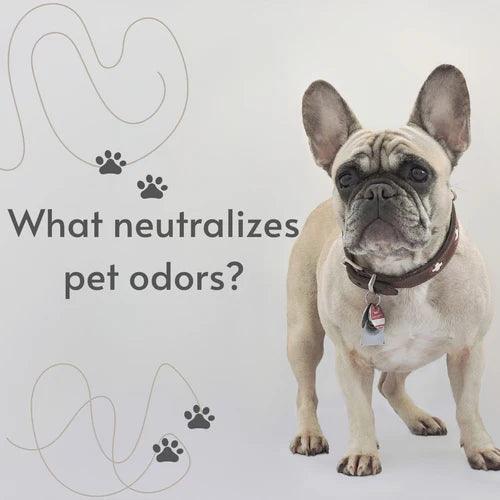
Leave a comment
All comments are moderated before being published.
This site is protected by hCaptcha and the hCaptcha Privacy Policy and Terms of Service apply.